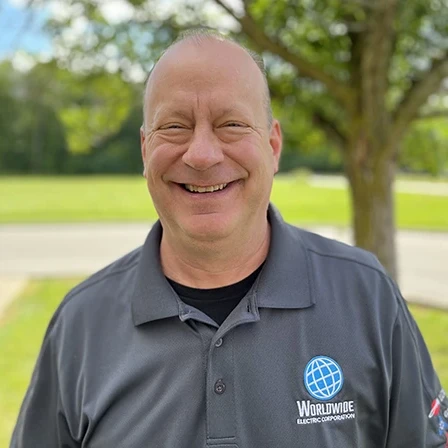Variable frequency drives (VFDs) are solid-state electronic motor controllers that efficiently meet varying process requirements by adjusting the frequency and voltage of power supplied to an alternating current (AC) motor, enabling it to operate over a wide speed range.

External sensors monitor flow, liquid levels or pressure and then transmit a feedback signal to a controller that adjusts the frequency and speed of the motor to match specific process requirements.
VFDs are widely used in applications that range from small appliances to large compressors. In industrial settings, VFDs are commonly used with pumps and fans in the oil and gas industry, in water and wastewater treatment, in agriculture for irrigation applications, and in specialty sectors like mineral extraction where VFDs are used in conjunction with rock-crushing equipment.
Over the years, power electronics technology has reduced VFD cost and size and has improved performance through advances in semiconductor switching devices, drive topologies, simulation and control techniques and control hardware and software.
VFD operating conditions
VFDs may be used in conditions that present either variable torque or constant torque loads. In the first case, pulse-width-modulated VFDs are often used in applications that are in the 1 to 1,000 hp motor size range. For centrifugal fans or pumps with no static lift, the fan or affinity laws state that the fluid or airflow provided varies directly with the pump or fan rotational speed. The input power requirement varies with the cube or third power of the speed ratio.
Small decreases in equipment rotating speed or fluid flow yield significant reductions in energy use. For example, reducing rotating equipment speed (flow) by 20% can reduce input power requirements by roughly 50%.
A constant torque load is one where the torque requirement is independent of speed. Because horsepower requirements equal the product of required torque and speed, input power varies linearly with speed for constant torque applications. Examples of constant torque loads include cranes, hoists, conveyors, extruders, mixers, positive displacement pumps, reciprocating air compressors and rotary screw air compressors.
Determining energy savings
According to the Department of Energy, electric motors and drive systems are among the least well-managed equipment, even though motor-driven equipment accounts for roughly 90% of the electrical energy consumed by industries such as mining, oil and gas extraction, and for water supply, wastewater treatment plants and irrigated agriculture.
To figure the energy savings that are possible when a VFD is applied to a variable or constant torque load, first determine the load duty cycle, or percentage of time that the driven equipment operates at each system operating point. It is also necessary to know the efficiency of the variable speed drive and the drive motor when the motor is operating partially loaded and at a reduced speed to satisfy variable flow requirements.
VFDs from WorldWide Electric Corporation offer powerful control solutions with exceptional speed control and torque response, providing superior sensorless vector or volts/hertz performance. Products are available as chassis mount or enclosed drive to protect against harsh environments.
WorldDrive Flex Control offers enhanced communication protocols for WorldWide’s line of VFDs and was developed with applications in the commercial HVAC sector in mind. It has rapidly found uses in HVAC as well as in other settings that demand precision motor control.
WorldWide Electric Corporation is the largest independent manufacturer and importer of industrial electric motors in the United States. Their diverse product lines also include affordable and dependable variable frequency drives, soft starters, motor controls, and gear reducers. They are the exclusive master distributor and representative for Hyundai Electric’s low- and medium-voltage electric motors.


